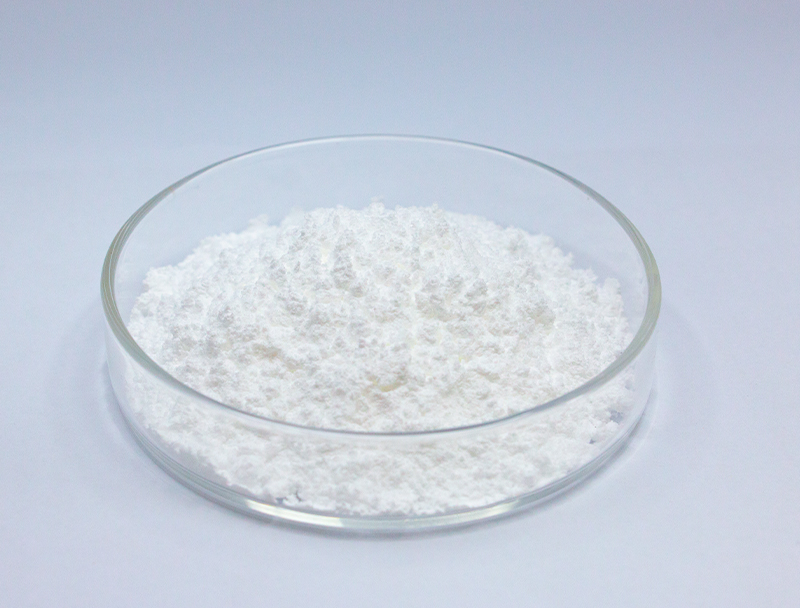
Biotech manufacturing draws predominantly from an extensive collection of raw materials to yield progressive bio-based commodities.
Preserving the sustainable sourcing of these resources is vital for future-proofing and moral progress in biomanufacturing.
diverse obstacles inherent in legacy sourcing approaches for instance pollution and systematic depletion of reserves. Hence, industry players ought to pursue innovative supply solutions to lower carbon burdens.
- Instances of green procurement approaches are:
- Integrating compostable agricultural waste into supply chains
- Installing reclamation workflows to diminish waste and heighten recovery
- Forging alliances with neighborhood suppliers supporting green sourcing
Adopting sustainable feedstock strategies yields environmental wins alongside fiscal sustainability.
Enhancing Biomass Composition for Superior Biofuel Results
Advancing fuel production depends on feedstock consistency and composition. Scientists are constantly exploring novel strategies to optimize these feedstocks, creating higher productivity and an eco-friendlier fuel landscape. Tactics include molecular breeding to increase biomass and chemical or physical pretreatments to release sugars.
- Moreover, investigations target novel feedstocks like microalgae, municipal residues, and field residues to widen the pool of renewable biomass for biofuel use.
- As a result of relentless efforts the industry should deliver significant enhancements paving a path to sustainable energy.

Advances in Biopharmaceutical Manufacturing: Focus on Upstream Operations
embraces initial workflow stages from growth to harvesting Ongoing innovations have accelerated process enhancement leading to greater yields.
Notable improvements feature new expression systems, refined media recipes, and automated reactor platforms. These refinements escalate production and lower expenses and environmental strain.
- In addition, momentum toward nonstop processing offers improved flexibility and optimized operational flow.
- This move toward intelligent production systems is expected to reshape the industry and hasten drug development.

Precision Genomic Tools Enhancing Biopharmaceutical Yields
advances in genomic editing tools including CRISPR have transformed therapeutic manufacturing. By accurate genomic tuning, developers enhance yields of critical biopharmaceuticals. This route supports the creation of more affordable and productive treatments for multiple disorders.
Microbial Approaches to Effective Bioremediation
progressive microbe-based cleanup tactics that mitigate industrial pollution. Various microbial strains are capable of breaking down toxins into safer constituents.. Applying microbial remediation systems creates low-impact cleanup options that address contamination efficiently.. Scientists are actively exploring a wide range of microbial species with diverse metabolic capabilities to target various pollutants, including heavy metals, pesticides, oil spills.. These microbes operate in engineered systems or direct environmental applications to metabolize and remove contaminants.
Microbial remediation approaches present key benefits relative to classic remediation methods. Such strategies are budget-friendly and lessen the creation of harmful byproducts. Likewise, microbial systems can selectively degrade contaminants while sparing the wider environment. Ongoing innovation aims to boost the throughput and efficacy of microbe-driven remediation approaches.
Digital Methods Accelerating Pharmaceutical Discovery
Data-driven bioinformatics is critical for modern pharmaceutical innovation. By analyzing biological data to select and improve leads, computational methods support efficient drug development.
- Through evaluating comprehensive genomic, proteomic, and clinical data, teams detect novel targets and predict drug action.
- Additionally, simulation tools enable prediction of binding and activity, guiding creation of more potent drugs.
- Ultimately, bioinformatics modernizes development workflows and expedites access to safe, beneficial medicines.
Cell Factory Optimization for Higher Bioproduct Output
applies assorted techniques to boost microbial synthesis of valuable compounds. Methods might combine targeted gene changes to rechannel flux, regulatory element design to control expression, and exogenous gene introduction to provide fresh capabilities.. Through strategic metabolic edits practitioners can markedly increase the synthesis of target products.
This broad strategy is positioned to innovate sectors including pharmaceuticals, crop science, and bioenergy.

Challenges and Opportunities in Scaling Up Biopharmaceutical Production
Large-scale manufacturing brings notable difficulties together with growth opportunities. A primary obstacle is ensuring uniform quality control as volumes rise. Overcoming this requires advanced process control, continuous monitoring, and sensitive analytical platforms.

The multi-faceted nature of production steps adds complexity to scaling efforts. Refining processes for commercial volumes demands deep R&D investment and novel engineering solutions.. However, the prospective rewards are sizable. Skilled scaling can enlarge supply, lower prices, and increase profit potential.
Multiple programs focus on resolving scale-up difficulties. Initiatives involve optimization platforms, high-resolution analytics for process control, and novel manufacturing frameworks.
- Technology development efforts underpin advances in production capability.
- Regulatory bodies are modernizing pathways to accelerate approval of advanced production technologies and support innovation.
Navigating the Regulatory Landscape for Biopharmaceuticals: Ensuring Safety and Efficacy
Manufacturing biopharmaceuticals entails detailed regulatory processes to copyright safety and clinical performance. Living-source therapeutics present distinct obstacles in regulation and production relative to classical drugs.
Bodies like FDA and EMA shape the regulatory landscape and set benchmarks for evaluating innovative therapies..
Stringent experimental and surveillance testing occurs across the entire development-to-market continuum. Such safeguards are intended to detect hazards and ensure therapeutics adhere to top-tier safety benchmarks..
Additionally, regulators regularly update methods to match the pace of fast-moving biopharma innovations.. This includes embracing novel technologies and facilitating the development process while maintaining a commitment to patient well-being.

Assessing Plant Biomass Pathways for Bioplastic Innovation
The expanding market for green materials prompts increased R&D into bio-based solutions. Among these, bioplastics, produced from plant-derived biomass feedstocks, offer a promising avenue towards a greener future. Materials such as starch from corn, cellulose pulp, and sugarcane biomass are convertible into biodegradable polymers that lower plastic waste concerns.
In addition, certain bioplastics match performance of petroplastics, enabling broad applicability in multiple sectors.. Continuous development will unlock plant biomass value for sustainable bioplastic production and support circular systems.
Biotech Contributions to Global Health and Crop Productivity
Biotech innovations hold promise to dramatically impact health and the reliability of food systems. Using genome engineering, synthetic biology techniques, and cell-based treatments, innovators devise ways to tackle pathogens, amplify yields, and improve nutrition.. NMN For instance, genetically modified crops can be engineered to resist pests and environmental stresses, leading to increased agricultural production and reduced reliance on harmful pesticides.. In addition, the field produces vaccines, treatments, and diagnostic tools that are central to fighting infections and improving health worldwide.. Going forward, advancements in biotechnology are likely to yield interventions that improve health and advance sustainable food systems globally.
